-
Products
-
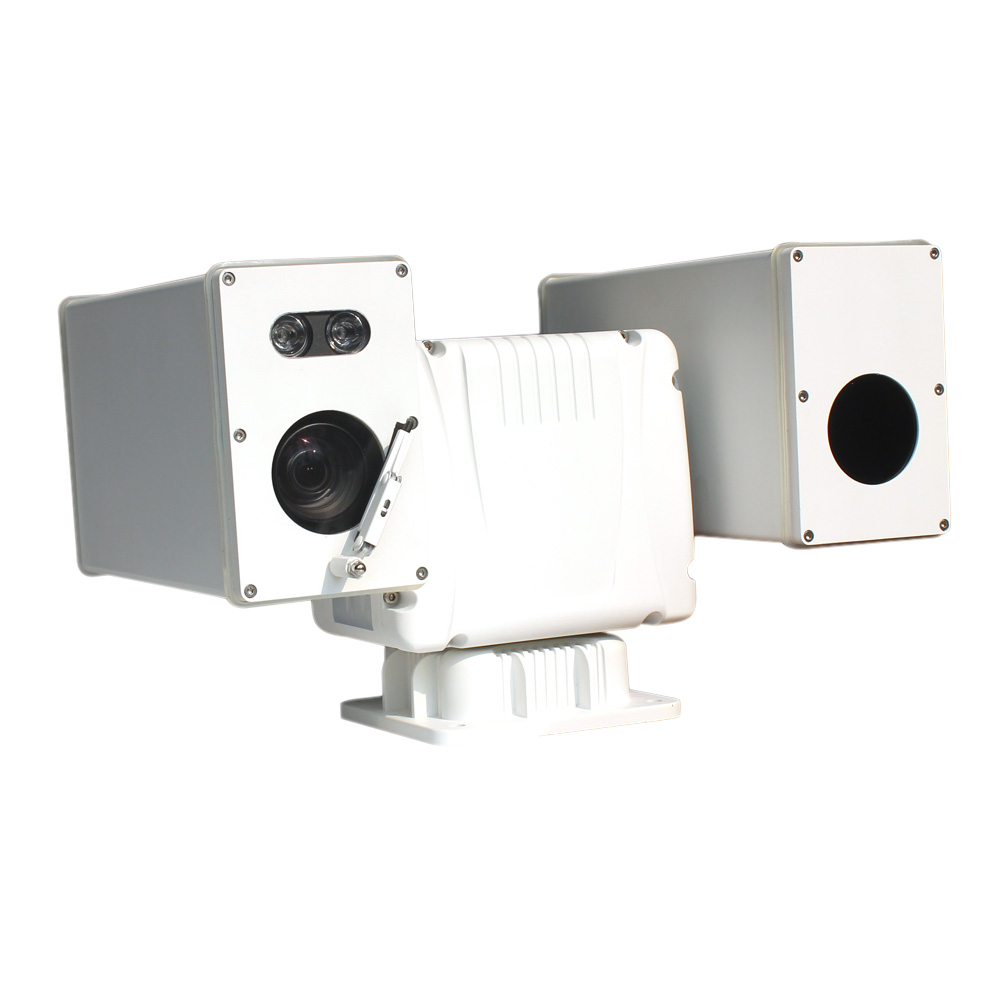
Bi-Spectrum Thermal T-Camera
-
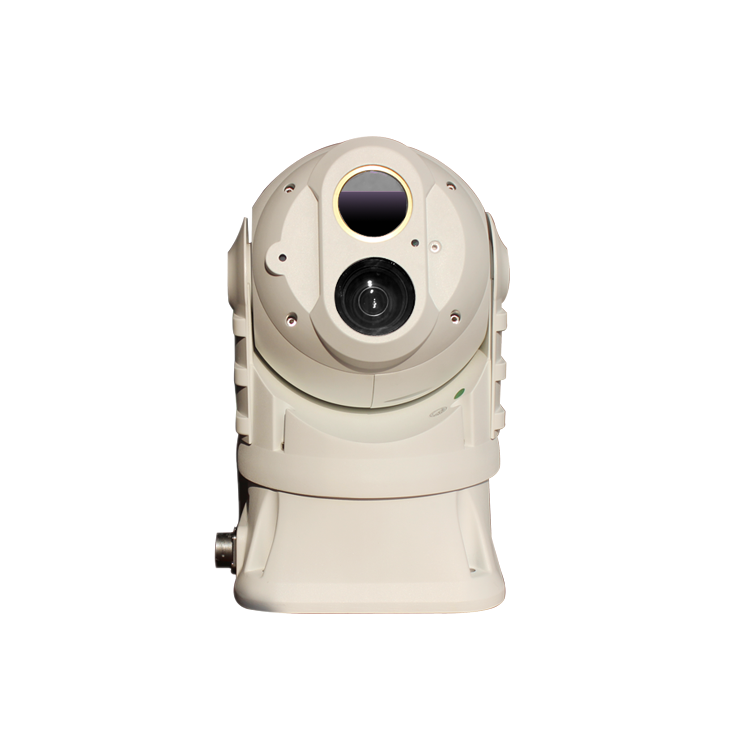
Big Bi-Spectrum Globular Therma
-
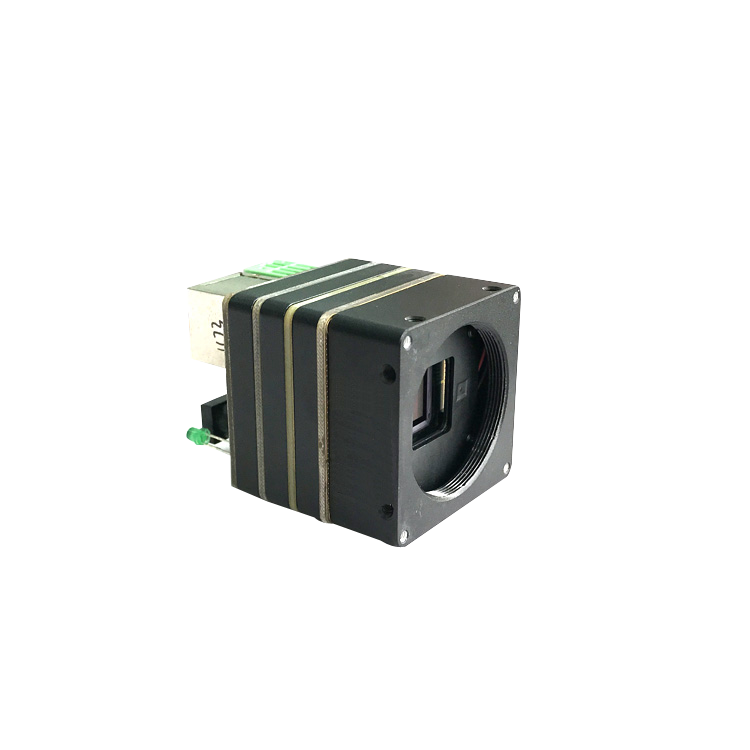
Infrared Thermal Camera Module-
-
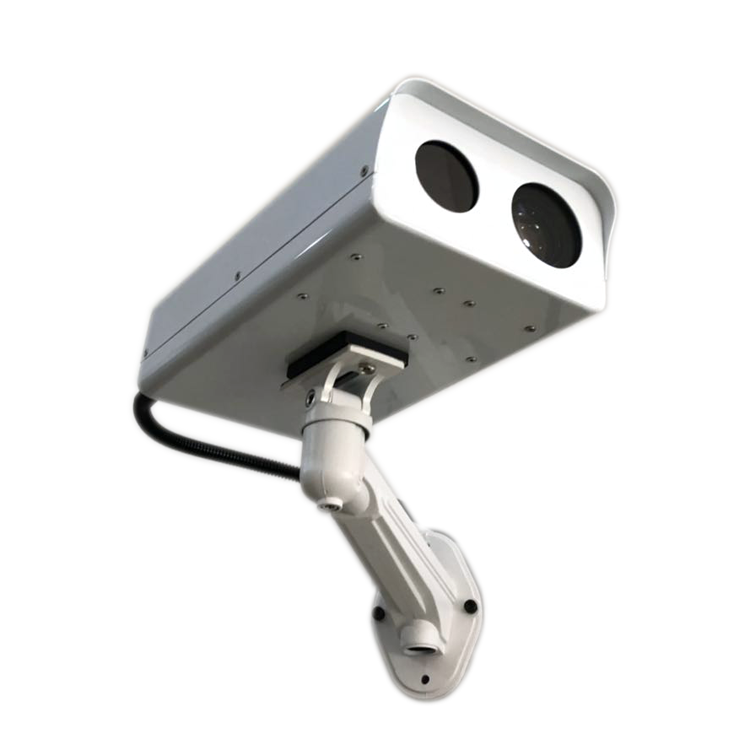
Bi-Spectrum Cabin Thermal Camer
-
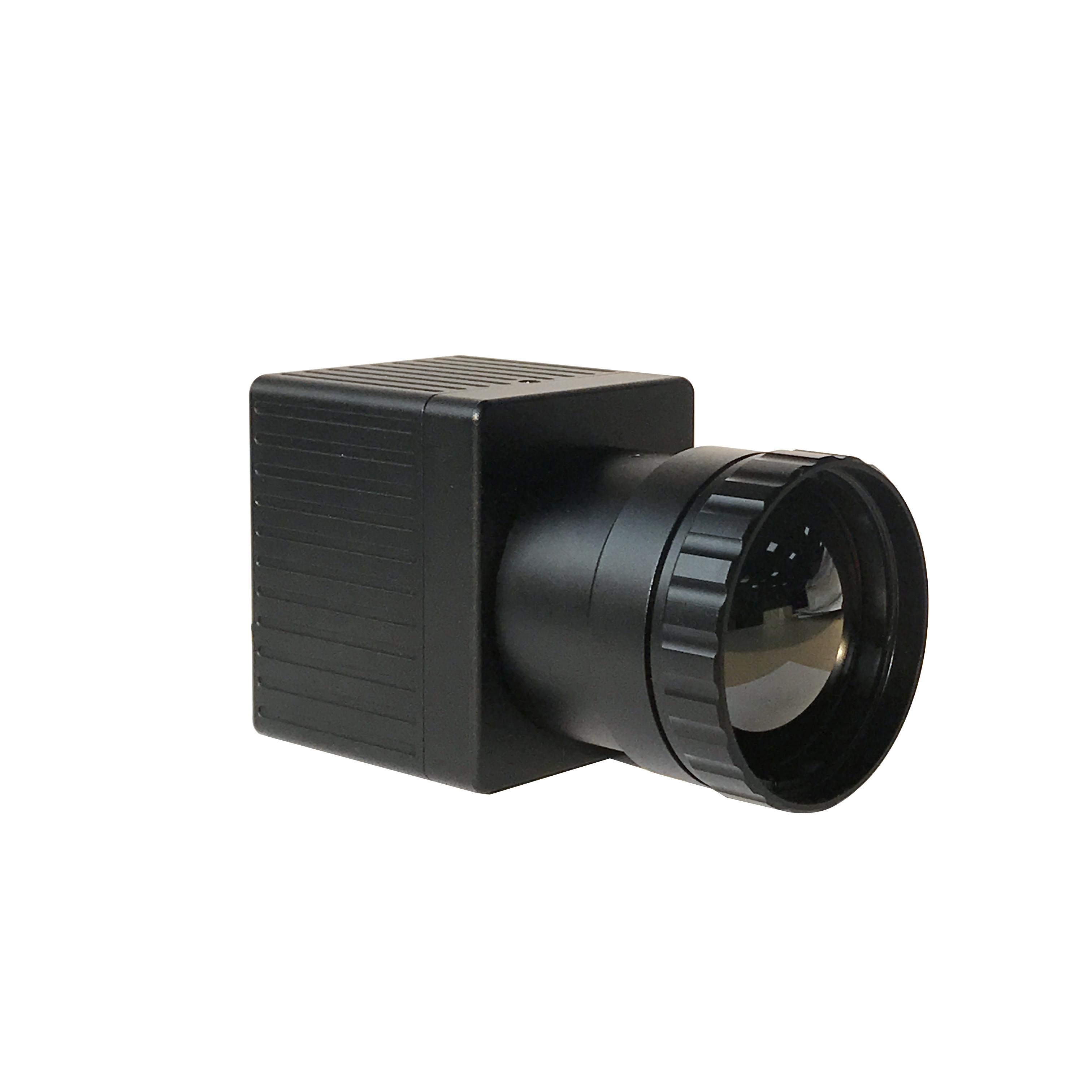
Yoseen Infrared Thermal Camera
-
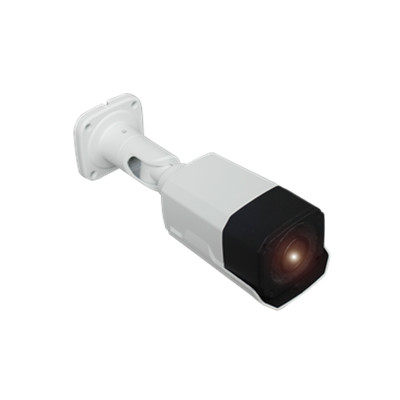
Monocular Infrared Thermal Imag
-
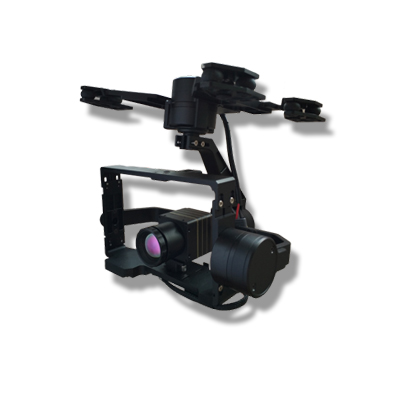
UAV Load Thermal Camera
-

Bi-Spectrum Explosion-proof The
-
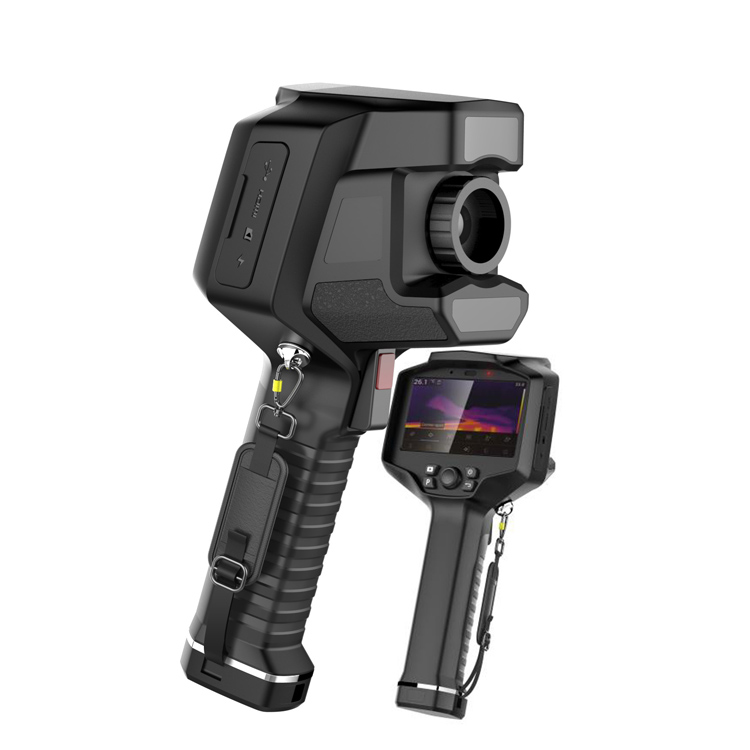
Professional Handheld Thermal C
-
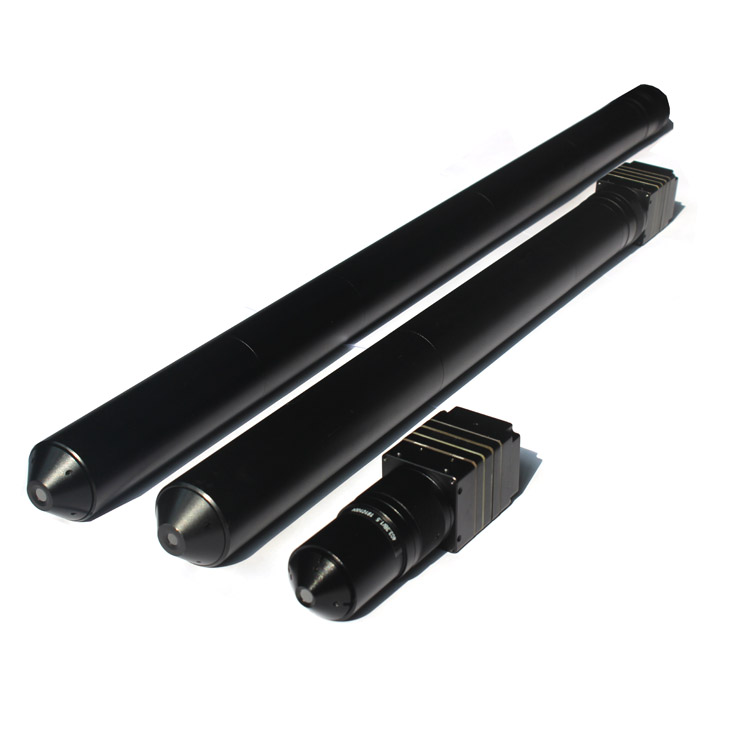
Blast Furnace Monitoring Therma
-
Bi-Spectrum Thermal Imaging Cam
-
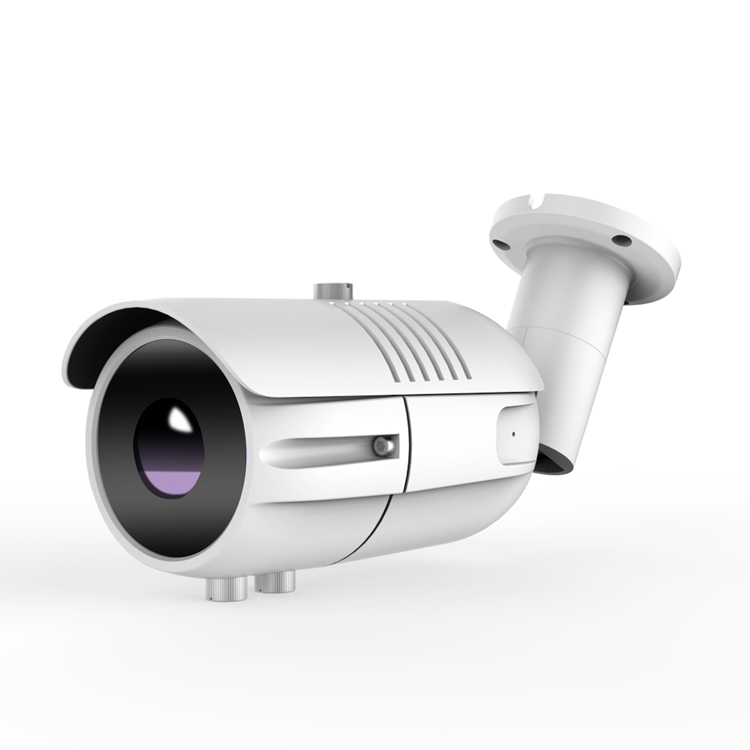
Thermometric Cylinder Thermal C
-
-
Solutions
-
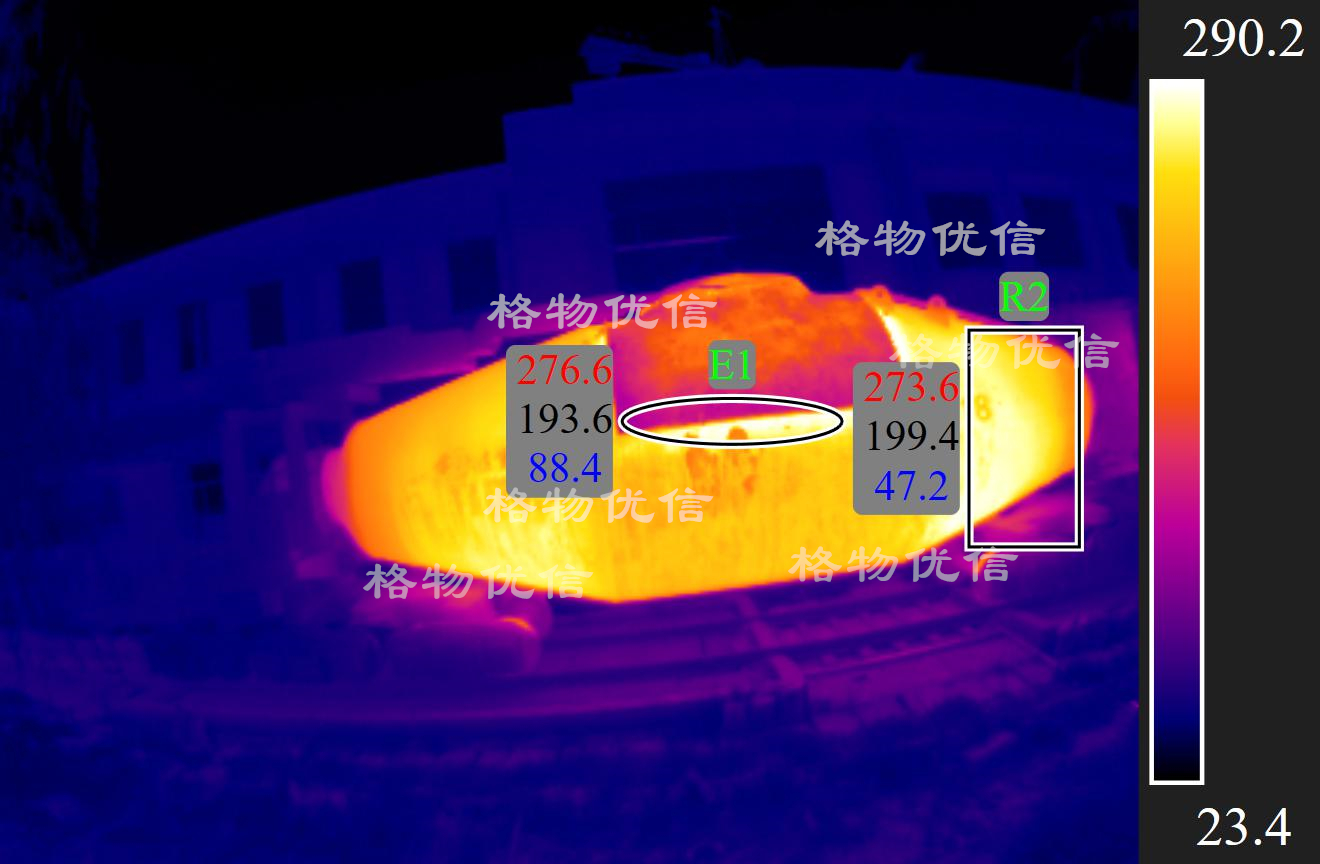
Temperature Detection of Torped
-
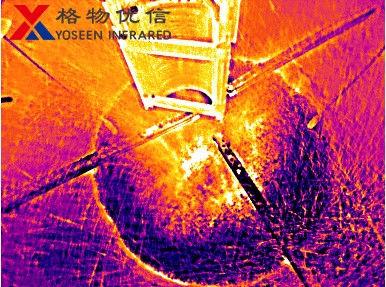
Blast Furnace Infrared Thermal
-
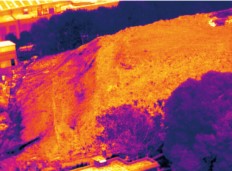
Thermal Imaging Coal Mining Ind
-
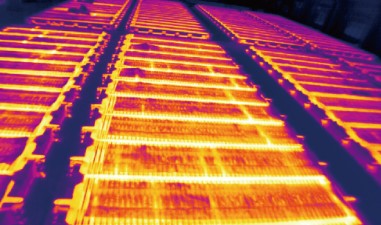
Electrolytic Aluminum Productio
-
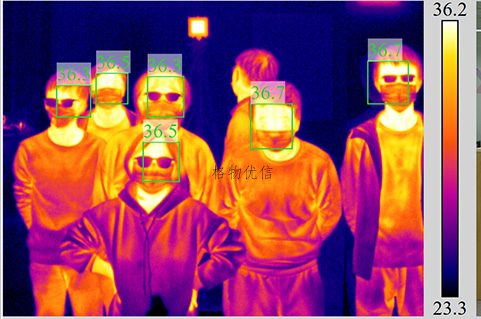
Infrared Thermal Imaging of Bod
-
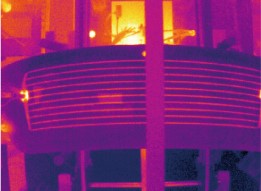
Automobile Rear Window Heating
-
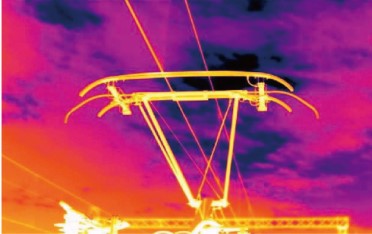
Railway Thermal Imaging Monitor
-
Ladle Temperature Monitoring Sy
-
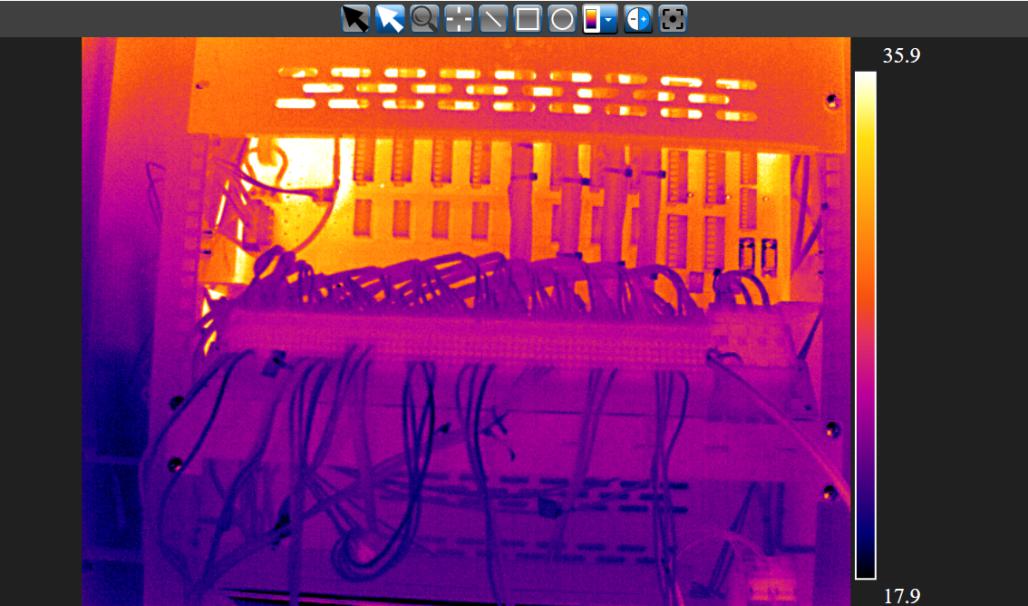
Power Distribution Cabinet Ther
-
On-line 24 Hour Hazardous Waste
-
Digital Forest Fire Prevention
-
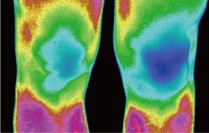
Infrared Thermal Camera Applied
-
- news
- about
- support
- contact


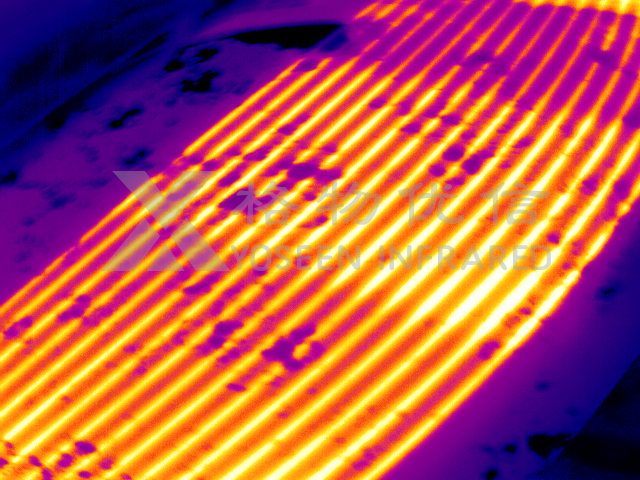

 鄂公网安备 ******号
鄂公网安备 ******号